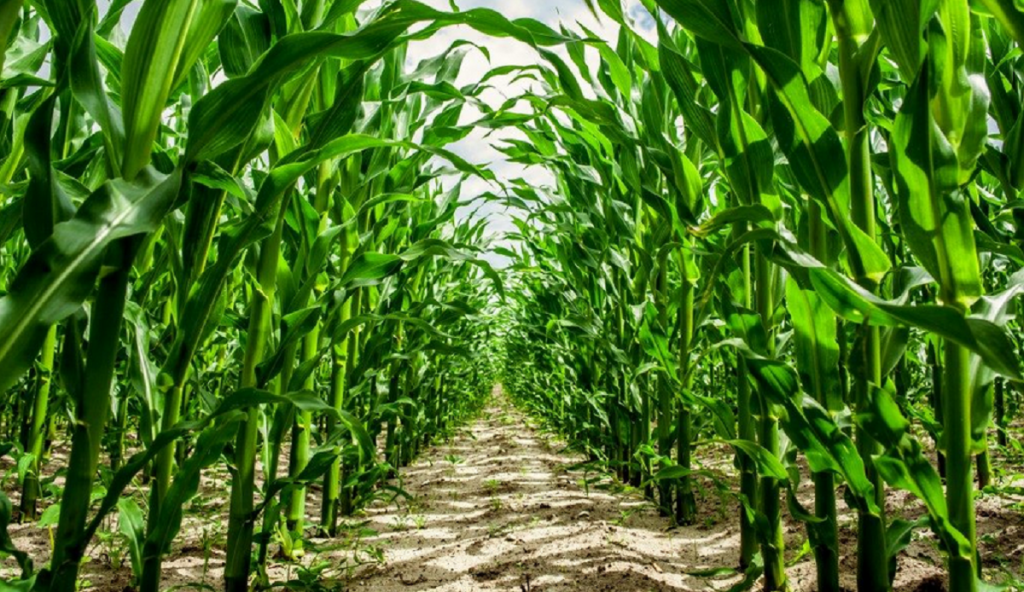Farming requires many tasks including irrigating, raising livestock and harvesting. Irrigating includes spraying, and is one of the fundamental tasks in farming. It is a vital task to control insects, plant diseases, and weeds to guarantee a high crop yield. Some farmers also need to spray their animals for pest control. This is one of the many reasons farmers find a sprayer an essential implement in their farming needs.
However, there are different sprayer types that might be suitable for different farming needs. For a small and large-scale farmer looking for farm spraying equipment, a knapsack sprayer is an ideal choice. This sprayer is easy to operate and maintain, but it is also inexpensive. This is often loaded on an operator’s back and is comprised of a metal or plastic tank, pump and nozzle. Here are some options available for knapsack sprayers.
Hydraulic Knapsack Sprayer
A hydraulic knapsack sprayer usually comes with a tank capacity of 15 litres and is worked using a hand lever which maintains a constant pressure. It is generally used for spot treatment but can also be used for blanket treatment when equipped with a boom. The spray potential for hydraulic knapsack sprayers is 12kg/cm2. It usually has a high volume spray, but you can fit a low volume nozzle for different applications.
Compressed or Pneumatic Knapsack Sprayer
The sprayer is filled to approximately two-thirds of its capacity. The capacity of the tank is pressurised using a built-in manual pump. But when it comes to pneumatic sprayers, you do not need to pump it during the operation and would be easier to use. Cleaning a compressed sprayer’s tank can be difficult, and the spray pressure could decrease after some time, which could result in an uneven spraying power.
Motorised Pneumatic Sprayer
 This is a low-volume sprayer ideal for delivery of concentrated liquids under an airflow blast. The air blast will atomise your pressurised fluid into fine droplets. Motorised pneumatic sprayers are also called blowers. Their primary drawback is the loss of the pressurised liquid to the wind.
This is a low-volume sprayer ideal for delivery of concentrated liquids under an airflow blast. The air blast will atomise your pressurised fluid into fine droplets. Motorised pneumatic sprayers are also called blowers. Their primary drawback is the loss of the pressurised liquid to the wind.
Remember the Spray Differences
The liquid’s droplet size could distinguish between hydraulic sprayers and low-volume sprayers. A hydraulic sprayer has droplet size of 200 to 400-micron diameter in range, but a low-volume sprayer only has 50 to 100 microns. Small droplets could produce more coverage and reach more leaves and insects. A hydraulic sprayer’s spray material does not make it possible for droplets to be seen. But smaller droplets can evaporate quickly in places with high humidity. Small droplets can also bounce on a leaf surface.
Consider what you need for your crops and what kinds of infestation you have so you could choose the right sprayer for your needs.
These sprayers are well-suited for fast spraying and will hence prove beneficial in almost all kinds of emergencies. But a good farmer knows that proper maintenance of the tank and pump is essential. The ideal maintenance and cleaning routine will be different depending on the manufacturer of the sprayer.

